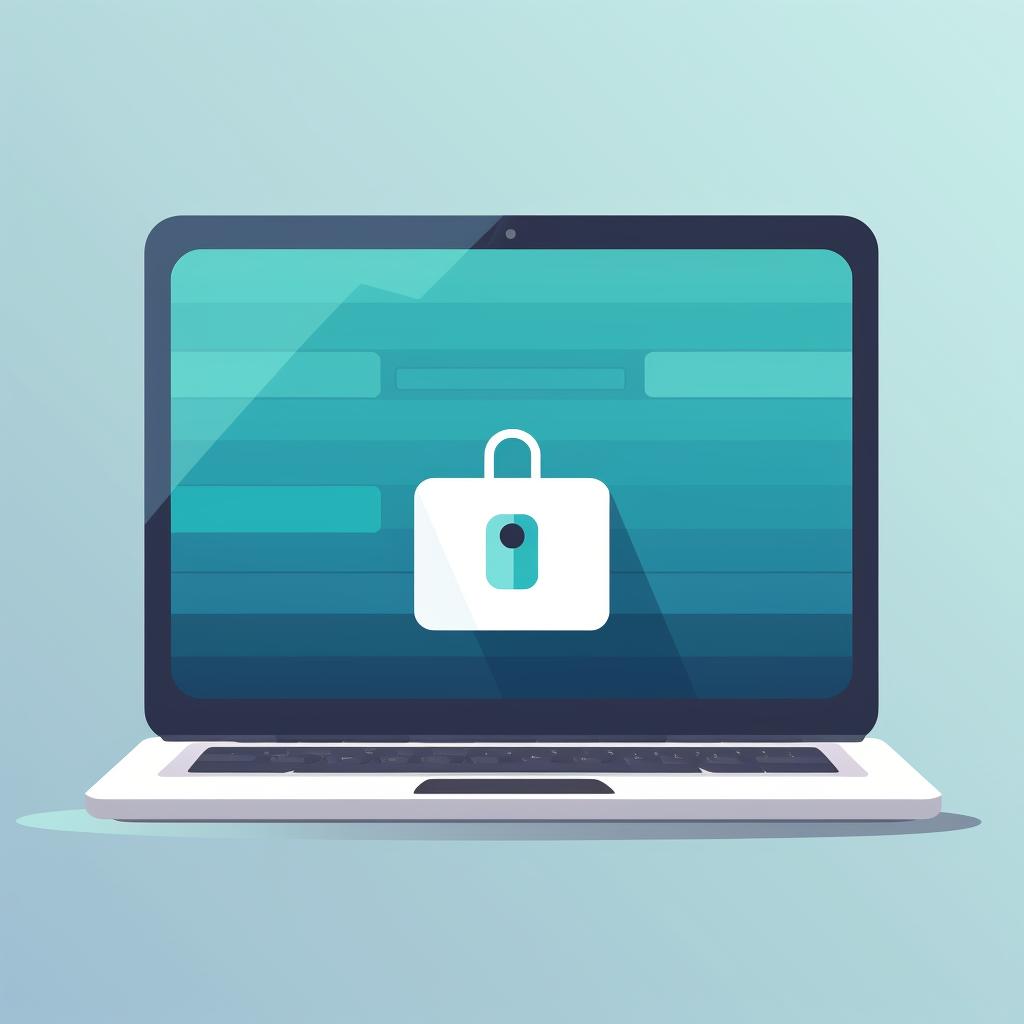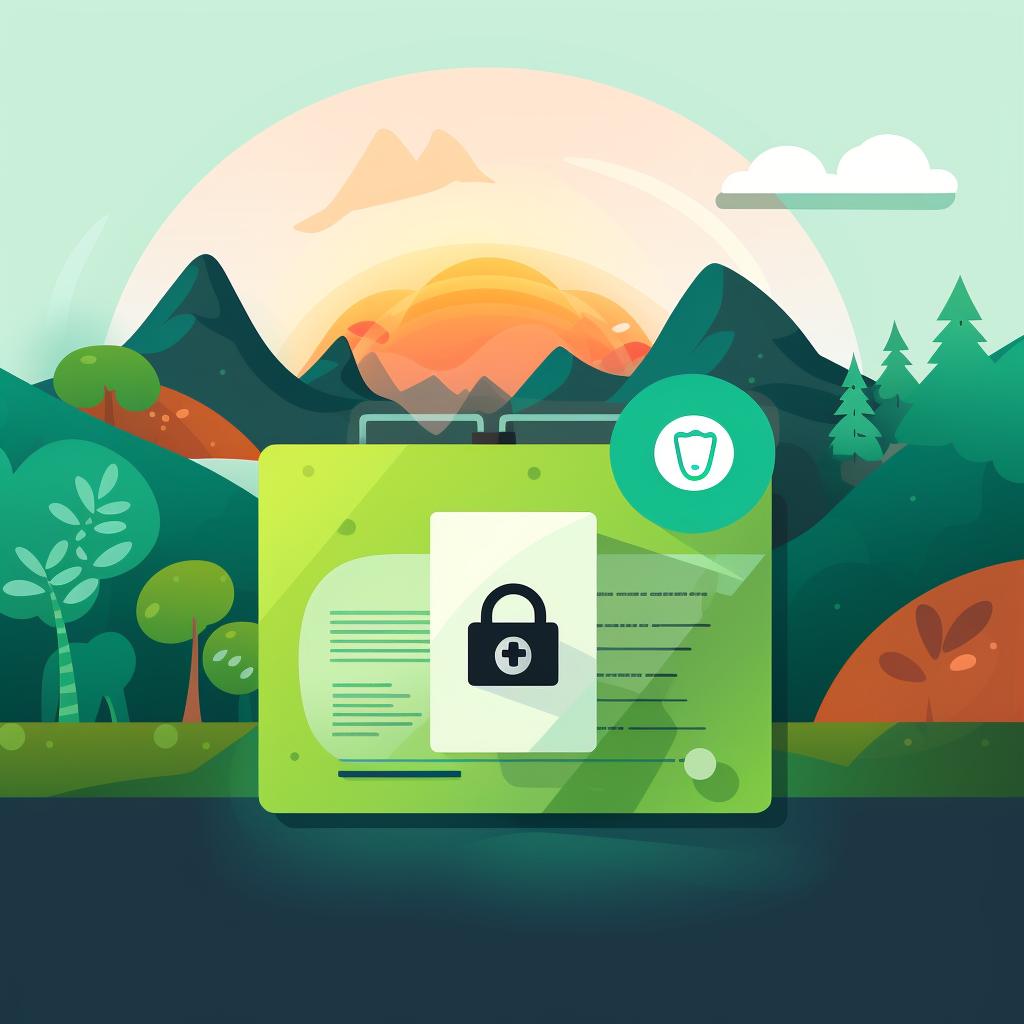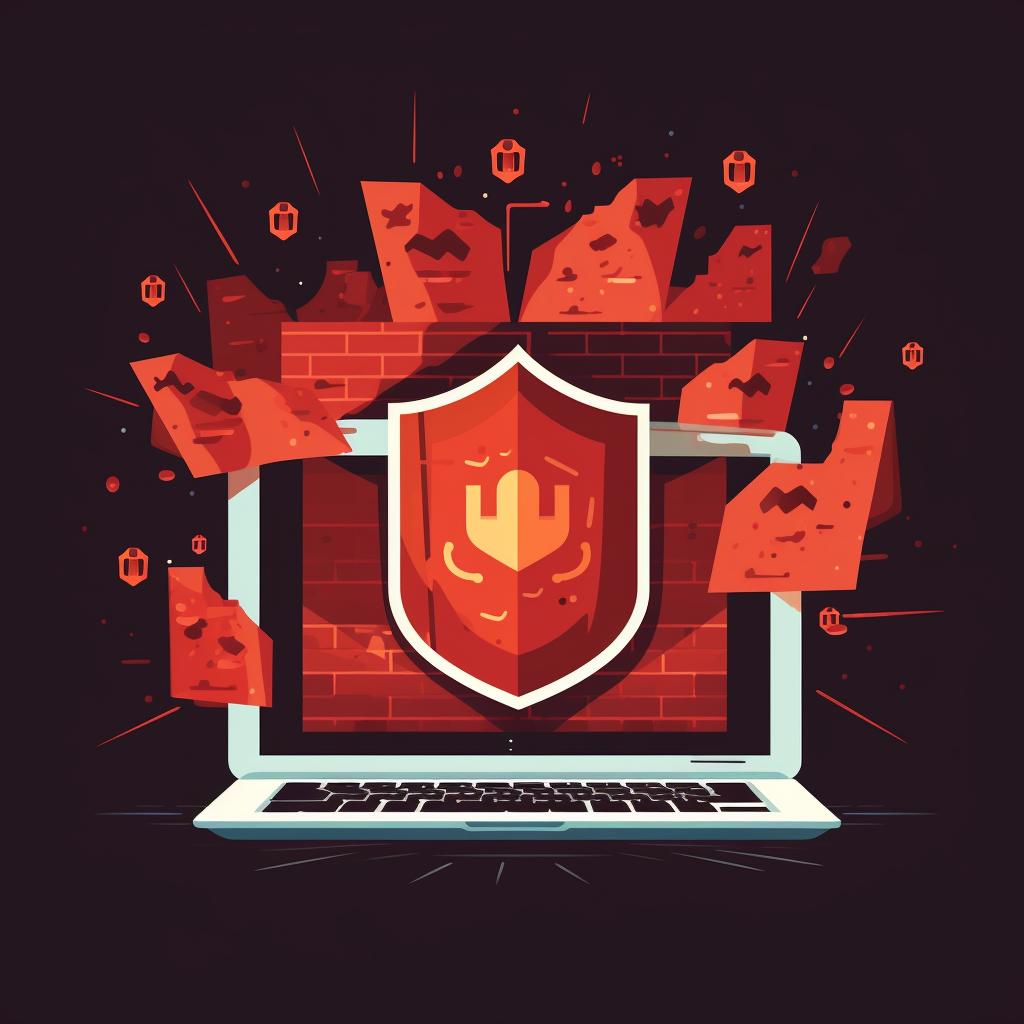🔒 6 Steps to Secure Your Website
In the digital world, securing your website is not a luxury, but a necessity. The steps outlined above provide a comprehensive guide to website security, offering a robust foundation to safeguard your online presence. But, let's delve deeper into these steps and explore additional resources to further strengthen your website's security.
Keeping your software updated is the first line of defense. Outdated software is a prime target for hackers, as they often contain security vulnerabilities. This extends beyond your website's CMS and plugins to include server software and scripts. For more insights on software updates and cybersecurity, check out our guide on 5 Cybersecurity Tips for Small Businesses.
Next, using strong passwords can't be stressed enough. Simple or commonly used passwords are an open invitation for cybercriminals. Our post on Protecting Yourself from Online Security Threats provides helpful tips on creating secure passwords and more.
Implementing an SSL certificate is another crucial step. SSL certificates encrypt data transferred between your server and users, ensuring sensitive information remains confidential. For more information on SSL certificates and their role in website security, our article on Protecting Websites Against Hackers and Security Breaches is a must-read.
Regular backups are your safety net. In the unfortunate event of a security breach, a recent backup can restore your website to its previous state. You can learn more about the importance of backups and other security measures in our article on 10 Steps to Data and Network Security.
Lastly, monitoring your website regularly helps you detect unusual activities and respond promptly. Tools like Google Search Console are invaluable for this purpose. For more tips on website monitoring and other security practices, our guide on Powerful Cyber Security Tips to Be Safe Than Sorry is worth exploring.
To sum up, website security is a continuous process that requires regular attention and updates. By following these steps and utilizing the additional resources provided, you can create a secure environment for your users and protect your online presence from potential threats.







